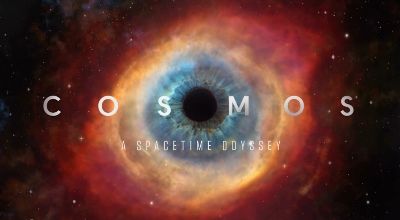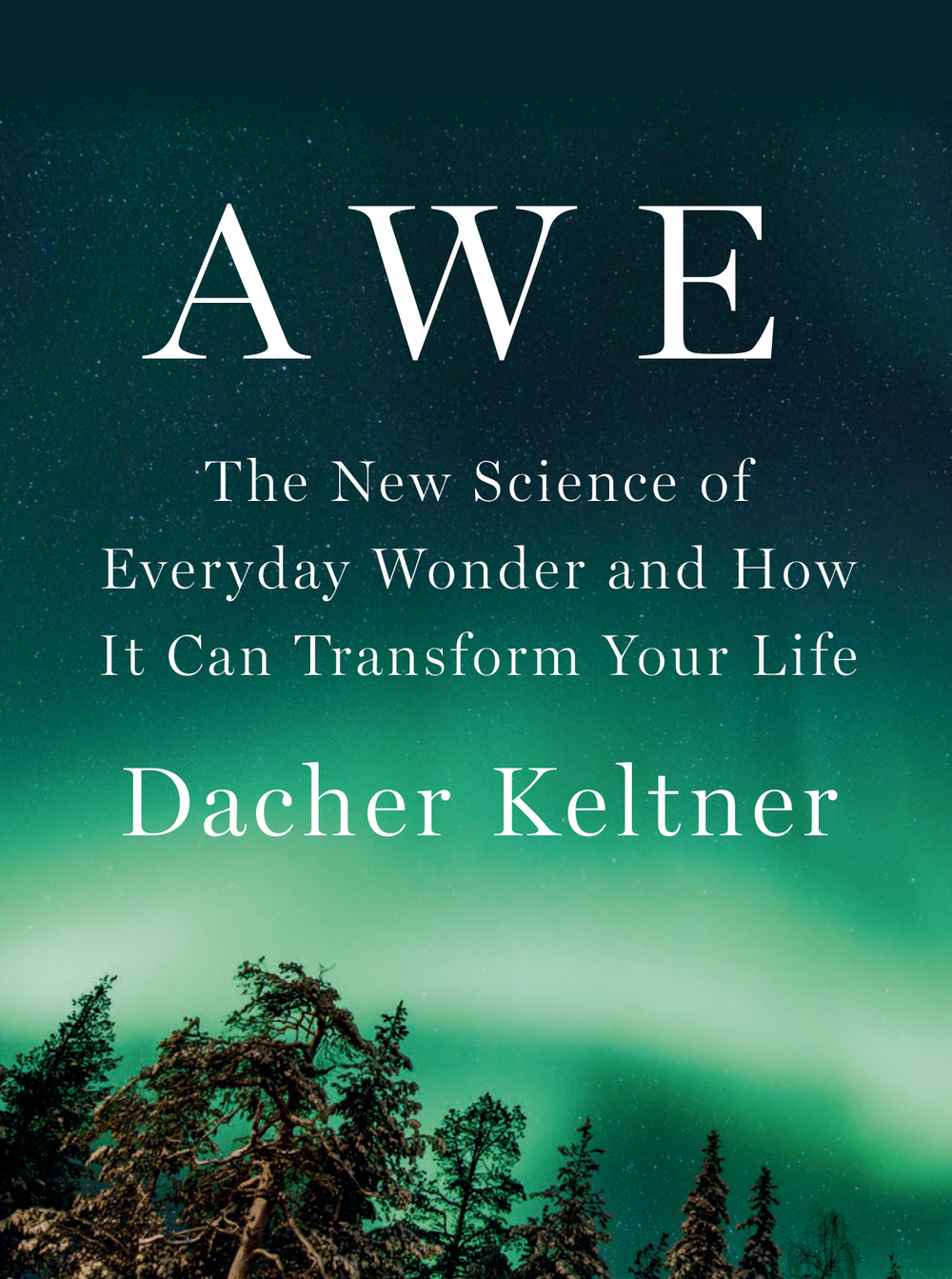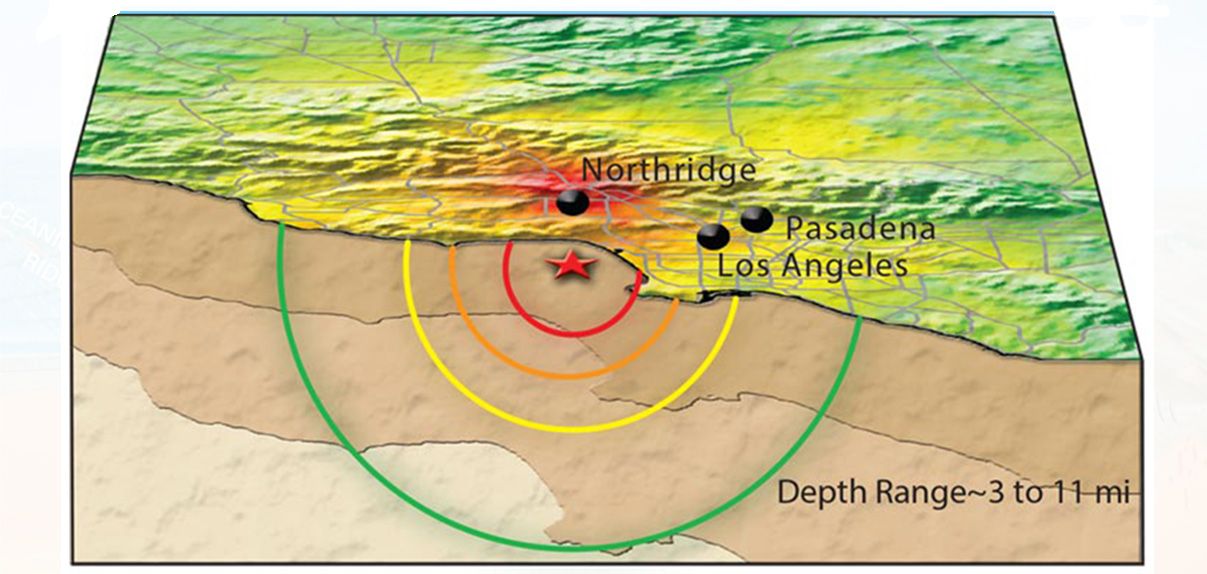
“A generation ago, the astronomer Carl Sagan stood here and launched hundreds of millions of us on a great adventure – the exploration of the universe revealed by science. It’s time to get going again.”
This past weekend, the highly-anticipated sequel to Carl Sagan’s Cosmos premiered on Fox. Produced by Ann Druyan and Seth MacFarlane, and presented by the epically awesome Neil deGrasse Tyson, Cosmos: A Spacetime Odyssey seemed to be the perfect concoction of juicy geekery and enticing storytelling. President Obama even got in on this party. Yet, for all its stunning visuals and sweeping music, the first segment of Cosmos left me feeling as frustrated as a planetary embryo.
In this episode, we learned about where us Earthlings lie in the space and time of the cosmos – unquestioningly a rather humbling exercise. While much content was focused on orienting ourselves in the vastness of the universe, nearly a quarter of this episode was dedicated to the account of Giordano Bruno. Certainly the history of science is significant our understanding of this body of knowledge. The story of Bruno, however, was filled with rather little science. This, for a science education program, felt awkwardly placed at best. Perhaps this was an attempt by the producers to reach out to the layman, but mostly this portion of the program reeked of the age-old science vs. religion debate. To me, this topic serves little role in, “the exploration of the universe revealed by science”.
So, I did some digging for content that was both appropriate and enjoyable for viewers in place of the Bruno story. While I am far from an astronomer or historian, I thought I would share some of the tidbits I learned for your reading pleasure. Let’s begin.
Early Astronomers
The Babylonians were the first known civilization to have a functional theory of planets. During the First Babylonian Dynasty, extensive cuneiform star charts were stamped into wet clay, serving as the earliest such records of the Solar System. Much of the astronomical contributions from Mesopotamia came from Chaldean astronomers during Nabonassar’s reign over the Neo-Babylonian Empire. At this time Chaldean astronomers continued to track the motion of celestial bodies, from which they derived empirical and arithmetic predictive models of planetary motion. Ellipse cycles, saros cycles, and the elliptical motion of the Earth around the Sun were all measured. Principles of Babylonian astronomy were widely influential and were the basis for Greek, Egyptian, Indian, Arabic, and Islamic astronomy.
Astronomy was further developed by the Greeks, who used geometry to further understand the motion of planets. They developed what is believed to be the first analog computer, the Antikythera mechanism, to calculate the trajectories of the Sun and Moon. Unlike the Babylonians, the Grecians sought to tie cosmology and astronomy together. This approach was supported by Aristotle in particular. Hipparchus of Nicaea (the founder of trigonometry), was a notable Greek astronomer credited with discovering axial precession.
Greek astronomy was not isolated to Greece itself – in particular, Alexandria was a key place for academic discourse on the nature of celestial objects. It was here, in 90 CE, that another key player in this story, Claudius Ptolemy, was born.
A Great Debate
One of the major debates of Bruno’s time was concerned with two orthogonal theories of the planetary orbits: geocentrism and heliocentrism. Geocentrism, which purports that the Sun revolves around the Earth, was widely supported across many different cultures and, most famously, by Aristotle. Major evidence supporting this model was the observation that, from the Earth frame, celestial bodies seem to rotate about the Earth, with the Sun and Moon rising and setting in the same directions every day. Egyptian astronomer Claudius Ptolemaeus is credited for standardizing this model. Under the Ptolemaic system, a planet moves in two circular paths; one small cycle (epicycle) which then moves in a larger cycle (deferent).
[caption id="attachment\\_10748" align="aligncenter" width="488"][](http://sciencereview.berkeley.edu/wp-content/uploads/2014/03/ptolemic.png) A planet on an epicycle (small dashed circle) and a deferent (large dashed circle). [Source][/caption]
Heliocentrism, on the other hand, states that the planets all revolve around the Sun, which is stationary and at the center of the Solar System. Aristarchus of Samos, an ancient Greek astronomer, was the first credited with proposing this theory in the 3rd century BCE. However, heliocentrism did not gain much attention until the time of Nicolaus Copernicus.
One of the major criticisms of the Ptolemaic system was that while it could predict planetary motions, it did not offer a physical description of the cosmos. Moreover, the geocentric model employed retrograde motion to describe the apparent [back-and-forth](One of the major criticisms of the Ptolemaic system was that while it could predict planetary motions, it did not offer a physical description of the cosmos. Moreover, the geocentric model employed retrograde motion to describe the apparent back-and-forth sweeping of other planets across the sky (as observed from Earth). ) trajectory of other planets across the sky (as observed from Earth). In 1543, Copernicus published De revolutionibus orbium coelestium (On the Revolutions of the Heavenly Spheres), wherein he proposed that the center of the universe was the Sun, around which all planets orbited. Copernican heliocentrism asserts that Mercury, Venus, Earth, Mars, Jupiter, and Saturn move in perfectly circular motions about the Sun, respectively. Retrograde motion is explained by three motions of the Earth – a daily roation, annual revolution, and annual tilting of its axis (which also explained seasons). However, Copernican heliocentrism could no more accurately predict the planetary motions than the Ptolemaic system could, and while it required fewer assumptions, it was no less complex. Copernicus’s full mathematical proof can be found in De revolutionibus.
[caption id="attachment\\_10756" align="aligncenter" width="411"][](http://sciencereview.berkeley.edu/wp-content/uploads/2014/03/411px-De\_Revolutionibus\_manuscript\_p9b.jpg) Heliocentric model of the solar system according to Copernicus. [Source][/caption]
The Scientific Revolution
Though Copernicus would pass in the same year De revolutionibus was published, his work would prove to be a watershed for an era of vigorous scientific discourse. Several decades would pass before heliocentrism would become widely accepted.
One of the largest challenges heliocentrism faced was Aristotelian physics (Newtonian physics was still a hundred years off). Aristotle believed that the universe was divided into terrestrial and celestial objects. Terrestrial substances were entirely comprised of the four elements (fire, earth, water, and air) while heavenly bodies were made of a fifth element, aether. Furthermore, it was assumed that earth, water, and air sought to be in its natural state of rest at the center of the Earth. If this were true, how then could the Earth undergo the motion necessary for orbit?
Tycho Brahe, a renowned astronomer and alchemist outfitted with a metal prosthetic nose, was critical of Copernican heliocentrism and offered up a hybrid model in response. Under the Tychonic system, the five observable planets orbit the Sun while the Sun and Moon orbit the Earth. Aristotelian physics was upheld and the advantageous features of the Copernican system spared.
[caption id="attachment\\_10772" align="aligncenter" width="576"][](http://sciencereview.berkeley.edu/wp-content/uploads/2014/03/576px-Tychonian\_system.svg\_.png) Depiction of the Tychonic system. [Source][/caption]
In 1609, Galileo Galilei built his own telescope (based on the original Dutch designs) and the following year published Sidereus Nuncius (Starry Messenger), the first scientific work published based on telescope work. With this new technology, Galileo discovered Jupiter’s four moons and the phases of Venus. Jupiter’s moons evidenced that not all celestial bodies orbited the Earth, while observation of the phases of Venus was the first data in support of Copernican heliocentrism. Though the foundations of the Ptolemaic system were beginning to crumble, the Tychonic system could not be definitively disproved. Galileo himself was a strong supporter of heliocentrism, a controversy that famously got him in a deal of trouble with the Catholic Church.
Upon his, shall we say, unusual, death in 1601, Brahe left behind many scientific gifts to mankind. Perhaps his greatest legacy, however, was in his mentee, Johannes Kepler. As it turns out, it would be Kepler who disproved the Tychonic system. In the same year that Galileo built his telescope, Kepler published his first two laws of planetary motion (the third law was published a decade later). Based off of Brahe’s observations, these scientific laws became an important pillar to modern astronomy. The laws were derived for orbits of planets around the Sun, which were found to be elliptical (a finding Galileo refuted). Kepler’s laws would later be confirmed by Isaac Newton’s law of universal gravitation in 1687. Upon the discovery of stellar aberration by James Bradley in the early 1700s, the long fought war was finally won: the Earth does indeed orbit the Sun.
Most importantly, however, was the magnificent era of scientific inquiry that these debates sparked. Over the course of the Scientific Revolution, spanning from the mid-1500s to the 1700s, modern science was born. The developments in mathematics, physics, biology, chemistry, and astronomy utterly rocked our understanding of life on Earth. By looking up, we discovered the immense complexity and beauty of the world around us. Although this period of rapid innovation may have only lasted seconds in the last hour of the last day on the calendar of all existence, it has certainly introduced us to the terrifying immensity that is the universe.
What did you think of the first episode of Cosmos? Let us know in the comments below.
P.S. Protip: Episodes of Cosmos re-air the day after they premier on the National Geographic Channel with extra content!



